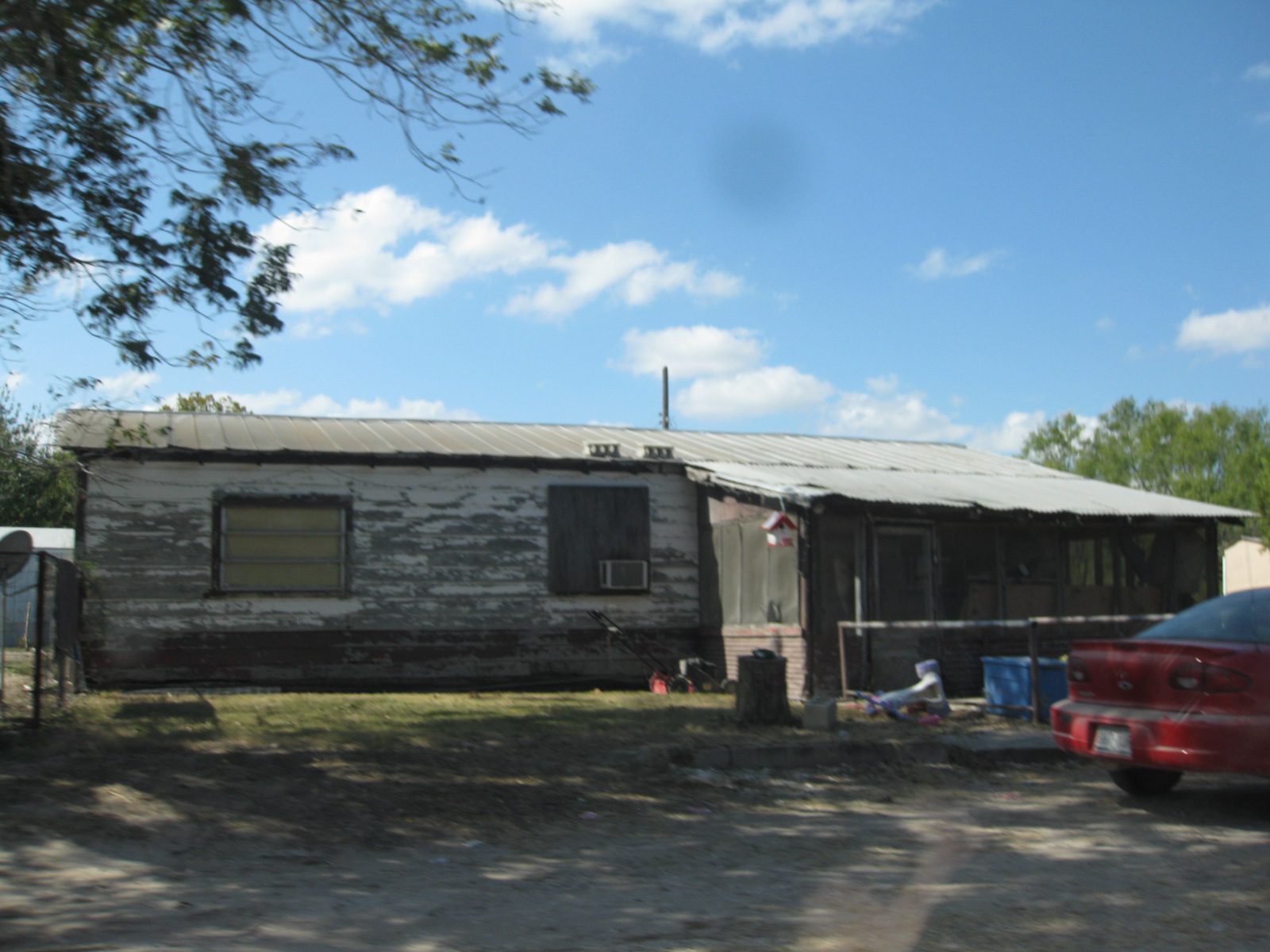In November, the Washington Post published an article entitled “Too Much of Too Little” about recipients of the Supplemental Nutrition Assistance Program, formerly known as food stamps, in Hidalgo County, Texas, one of the fastest growing and poorest places in the nation. The article highlighted families who are forced to choose between affordable yet unhealthy foods that keep their families fed throughout the month or healthy options that are less affordable and may not feed a family for as long. Low-income Americans dependent upon SNAP are often forced to shop “quantity over quality” in order to stretch paltry food budgets throughout the month. As a result, more and more people who do not have enough food to eat are facing obesity and diabetes at alarming rates.
It’s a jarring scenario: those without enough food to properly feed their families are becoming obese. And although it is jarring, it isn't the only factor at play that makes healthy living more challenging for low-income families.
Substandard housing and living conditions impact health in the colonias, the name used to refer to the impoverished rural border settlements. Just look at the following description of a community and home in Hidalgo, County from the article:
Two miles from the border, they stopped at a collection of a few hundred ramshackle houses called Little Mexico where residents had built their own homes using drywall and scrap metal. The community had no running water and only intermittent electricity. Chickens wandered through the streets and a donkey stood in an intersection eating trash.
Concerns that most Americans do not face, such as intermittent electricity, substantially increase the difficulty the families in these colonias have when it comes to healthy living. How can families keep and store fresh, healthy produce if electricity is unreliable? In the article, a resident of the Little Mexico colonia in Hidalgo County notes that “the closest grocery store offering fresh produce [is] seven miles away.” These distances would make accessing food more difficult for any family, but—particularly considering that electricity is unreliable—buying fresh foods in bulk is not a viable option. As a result, these trips would need to be made frequently for families to eat healthfully.
Unsafe neighborhoods can also seriously impact the health of those who live there. The same resident noted that “[n]obody in Little Mexico exercised outside after 4 p.m. for fear of the dogs and drug cartels that roamed the streets.” Lack of opportunities to exercise compounds the problems related to access to healthy food.
Even beyond these clear linkages between health and housing, there is another tie. For many low-income families in the colonias, quality food and quality housing are simply unaffordable.
The homes in the colonias often are not built to code; many are old and deteriorating. Almost a quarter of colonias homes are valued at $50,000 or less, compared to just 8 percent of homes nationally. And even though housing prices are low and substandard housing is prevalent in the colonias, a quarter of homeowners and 46 percent of renters there pay more than 30 percent of their income on housing expenses. Better housing options, like healthier food options, are simply unaffordable.
Residents of the colonias spend too much of their incomes on unsafe, inadequate housing just as they have to spend too much of their food budgets on unhealthy choices. Too much of too little and too much for too little. This is simply unsustainable for our low-income families and communities.
In the colonias, and across the nation, the need for both affordable healthy food and affordable quality housing is clearly there. Homes must be built, families must be fed. This, however, must be achieved through means that do not force low-income Americans to choose quantity over quality. Although basic needs must be met, it is also important to ensure that healthy foods and safe housing are affordable and available.
In the article, a doctor from McAllen, Texas, is quoted saying, “I can give you medicine, but that's not the permanent solution” to the mother of young patient with high cholesterol. The permanent solution rests in finding a way for low-income families to be able to afford safe housing and healthy food.






Thank you for continuing to shed light on these deplorable conditions. We must hope that by drawing attention to such difficult issues and the “no win” decisions families must make, people and resources will be mobilized.